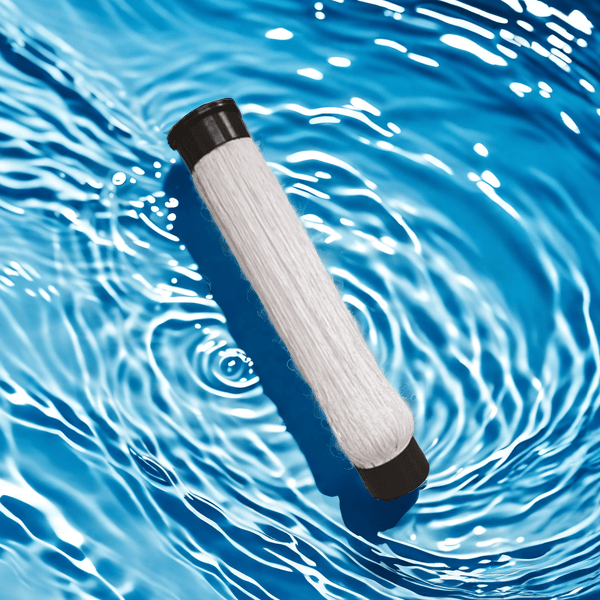Guidelines for cleaning and maintenance of MBR hollow fiber ultrafiltration membranes
Membrane bioreactor (MBR) technology is widely used in the field of wastewater treatment, and the cleaning and maintenance of its core component – hollow fiber ultrafiltration membrane directly affects the operational efficiency and service life of the entire system. This article will comprehensively introduce the cleaning and maintenance methods of MBR hollow fiber ultrafiltration membranes, providing practical guidance for relevant practitioners.
1.Introduction to MBR hollow fiber ultrafiltration membrane
MBR hollow fiber ultrafiltration membrane is a porous membrane material with a pore size typically between 0.03 and 1 μ m. It is driven by pressure to penetrate water and small molecule substances, while intercepting large molecule substances and suspended particles, achieving solid-liquid separation. This type of membrane is widely used in fields such as sewage treatment and drinking water purification.
2. Reasons and impacts of membrane fouling
Membrane fouling mainly comes from organic matter, inorganic salts, and microorganisms in wastewater. These pollutants will form a fouling layer on the membrane surface, leading to a decrease in membrane flux and an increase in transmembrane pressure difference (TMP), seriously affecting treatment efficiency.
3. Daily maintenance methods
Effective daily maintenance is the key to extending the lifespan of membranes. Mainly including:
Operating parameter monitoring: closely monitor changes in membrane flux, TMP, and other indicators.
Backwashing operation: Regularly perform backwashing to remove loose pollutants on the membrane surface. Usually, a 9-minute water production and 1-minute backwash mode is adopted.
Aeration cleaning: By stirring with bubbles, the deposition of pollutants on the membrane surface is reduced.

4. Maintenance cleaning (EFM)
EFM is a regular chemical cleaning that mainly includes:
Sodium hypochlorite cleaning: removes organic pollutants and microorganisms.
Citric acid cleaning: removes inorganic salt deposits.
The cleaning frequency is usually once a week, which can be adjusted according to the system operation.
5. Online Chemical Cleaning (CIP)
When EFM is unable to effectively restore membrane performance, CIP cleaning is required. The steps include:
Choose the appropriate cleaning agent
Circular cleaning
soak
rinse
Pay attention to controlling the concentration and temperature of cleaning agents to avoid damage to the membrane.
6. Ultrasonic cleaning technology
Ultrasonic cleaning is an emerging membrane cleaning method. It utilizes the cavitation effect generated by sound waves in the liquid to effectively remove pollutants from the membrane surface and pores. This method has a good cleaning effect and minimal damage to the membrane material.
7. Membrane lifespan extension strategy
The key strategies for extending the lifespan of membranes include:
Optimize influent pretreatment: such as adding an air flotation tank to remove grease.
Reasonably adjust operating parameters: such as controlling the membrane flux at around 16 L/(m2 · h).
Regular inspection and replacement: promptly identify and replace damaged membrane components.
